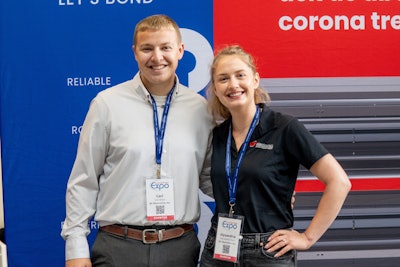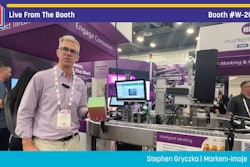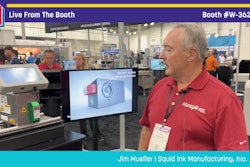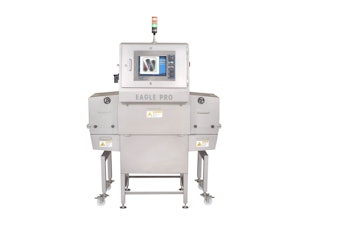
This content was written and submitted by the supplier. It has only been modified to comply with this publication’s space and style.
QC Electronics, a U.S. manufacturer of corona treatment systems, has unveiled a new lab line designed to bring scientific precision and data transparency to corona treatment.
Built on a Coast Controls unwind/rewind, the system unites QC’s two flagship technologies – the Advantage bare roll and TNT covered roll – into a single, modular platform. Every process variable can be isolated and tuned, including air gap, watt density, frequency, electrode configuration, tension, line speed, and more. This level of control allows QC to quantify the relationships between treatment parameters, surface chemistry, and ultimate bond performance – a capability currently unmatched in the industry.
“This isn’t just a test lab – it’s a scientific instrument. There’s a clear gap in the market between surface physics and process control in bonding,” said Alyxandria Klein, technical sales director at QC Electronics, “We’re positioning ourselves to close that gap.”
Science-first engineering
Developed by Carl Klein, Mechanical and Electrical Engineer at QC Electronics, the line embodies decades of applied corona expertise combined with a new emphasis on quantifiable surface science. Through internal research and external collaboration, QC aims to simplify surface energy measurement, expand the understanding of reactive site stability, and publish data-driven insights that drive the industry toward verified, repeatable adhesion. While others are focused on demos and experience, QC focuses on measurement, verification, and reliability – the conditions necessary to achieve true process control.
Expanding industry capabilities
In addition to internal R&D, QC Electronics is offering contract corona treatment and collaborative testing services to converters, material scientists, and OEMs seeking to develop or validate new materials and coatings. The line’s capabilities include bare roll or covered roll treatment, single or double-sided configuration, treatment widths up to 60 inches, and roll diameters up to 24 inches – accommodating a broad spectrum of substrates.























